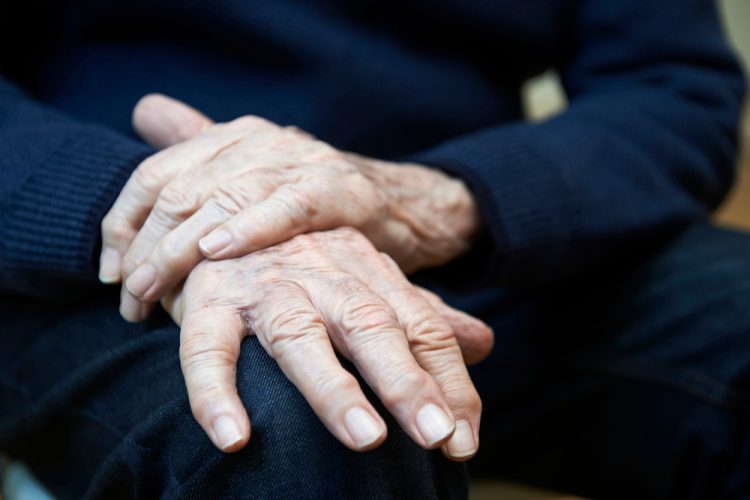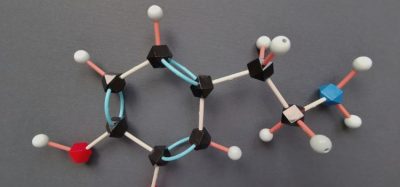Stem cells used to replace neurons in patient with Parkinson’s disease
Posted: 19 May 2020 | Victoria Rees (European Pharmaceutical Review) | 1 comment
A team has revealed that a patient who received induced pluripotent stem cells to replace lost dopaminergic neurons has reduced symptoms of Parkinson’s disease.


Reprogramming a patient’s own skin cells to replace cells in the brain that are progressively lost during Parkinson’s disease has been shown to be technically feasible, reports a team of investigators from McLean Hospital and Massachusetts General Hospital (MGH), US.
As described in the current report, the use of a patient’s own reprogrammed cells is an advance that overcomes barriers associated with the use of cells from another individual.
“As the cells come from the patient, they are readily available and can be reprogrammed in such a way that they are not rejected on implantation. This represents a milestone in ‘personalised medicine’ for Parkinson’s,” said senior author Dr Kwang-Soo Kim, director of the Molecular Neurobiology Laboratory at McLean Hospital.
The McLean-MGH team reprogrammed a 69-year-old patient’s skin cells to induced pluripotent stem cells (iPSCs) and then differentiated them to take on the characteristics of dopaminergic neurons, which are lost in Parkinson’s. After extensive testing of the cells, Kim applied to the US Food and Drug Administration (FDA) for a single-patient, Investigational New Drug (IND) application and also received the approval of the hospital human subjects ethical review board to implant the cells into the patient’s brain.
In a series of two separate surgeries in 2017 and 2018, the patient underwent transplantation of the replacement dopamine neurons. Lead author Dr Jeffrey Schweitzer, a Parkinson’s-specialised neurosurgeon and director of the Neurosurgical Neurodegenerative Cell Therapy programme at MGH, designed a novel minimally invasive neurosurgical implantation procedure to deliver the cells.
Two years later, imaging tests have indicated that the transplanted cells are alive and functioning correctly as dopaminergic neurons in the brain. The researchers say that because the implanted cells originated from the patient, they did not trigger an immune response and were not rejected without the use of an immunosuppressant drug.
Kim noted: “We have shown for the first time in this study that these reprogrammed cells are still recognised as self by the patient’s immune system and won’t be rejected.”
According to the team, these results indicate that this personalised cell-replacement strategy was a technical success, with the cells surviving and functioning in the intended manner. The patient has not developed any side effects and there are no signs that the cells have caused any unwanted growth or tumours.
The patient has reported improvements in his day-to-day activities and a better quality of life. Routine activities, such as tying his shoes, walking with an improved stride and speaking with a clearer voice, have become possible again. While it is too early to know whether this treatment approach is viable based on a single patient, the authors now have the goal of continuing to test the treatment in formal clinical trials.
“Current drugs and surgical treatments for Parkinson’s disease are intended to address symptoms that result from the loss of dopaminergic neurons, but our strategy attempts to go further by directly replacing those neurons,” said Kim.
While there is optimism about the future of Parkinson’s disease treatments because of their work, Schweitzer cautions against declaring victory against the disease: “These results reflect the experience of one individual patient and a formal clinical trial will be required to determine if the therapy is effective.”
Dr Bob Carter, Chief of Neurosurgery at MGH and co-senior author, said: “This strategy highlights the emerging power of using one’s own cells to try and reverse a condition – Parkinson’s disease – that has been very challenging to treat.”
The study was published in New England Journal of Medicine.
Related topics
Clinical Development, Drug Development, Personalised medicine, Research & Development (R&D), Stem Cells
Related organisations
Massachusetts General Hospital (MGH), McLean Hospital, US Food and Drug Administration (FDA)










Thank you for sharing this post and such posts will help individuals to understand the safety of stem cells.